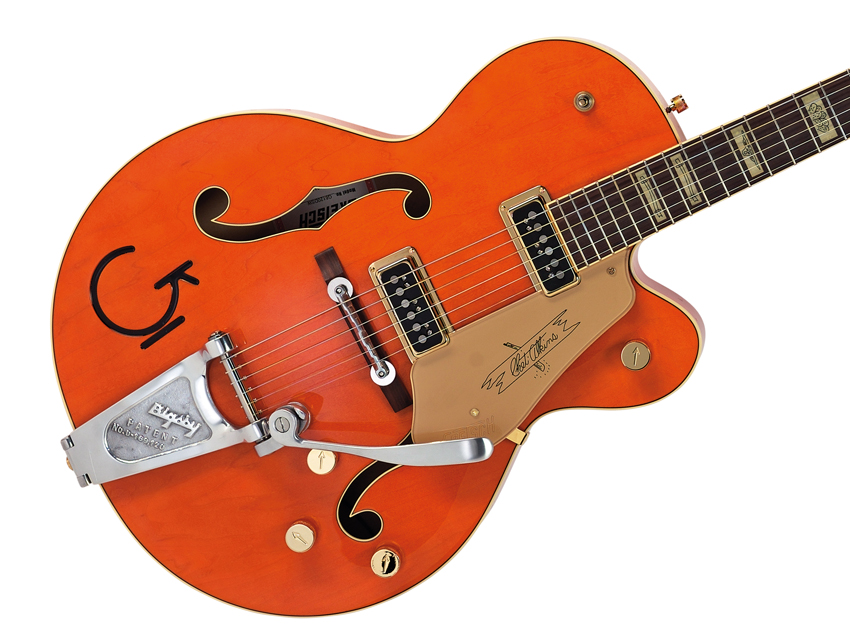
Semi Succession
The idea of a partly or fully hollow guitar with a pickup in it is hardly new. In fact, it’s as old as Les Paul’s dog!
The development of this strand of electric guitar history makes for some fascinating reading - not to mention mouth-watering viewing. Here’s how the guitars that are now counted among the all-time greats ended up the way they are...
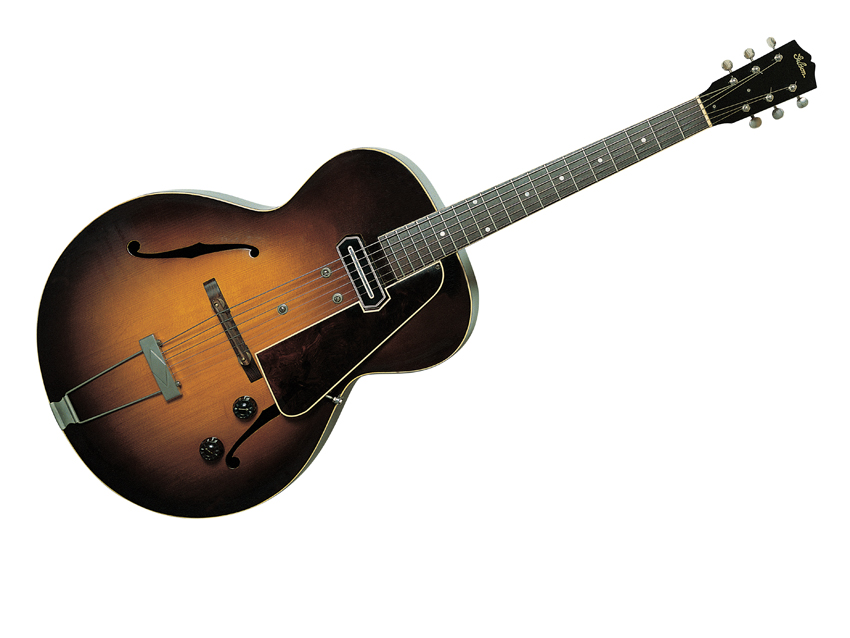
Gibson ES-150
It just so happens that the world’s first commercially viable electric guitar also happened to be the first proper semi-acoustic.
This popular Gibson archtop received a neck pickup before finding its way into the hands of jazz-blues pioneer Charlie Christian. It’s the model that started Gibson’s electric guitar innovation, which eventually led to the Les Paul, ES-335 and everything else. By 1942, the pickup had evolved into the P-90 as we know it today.
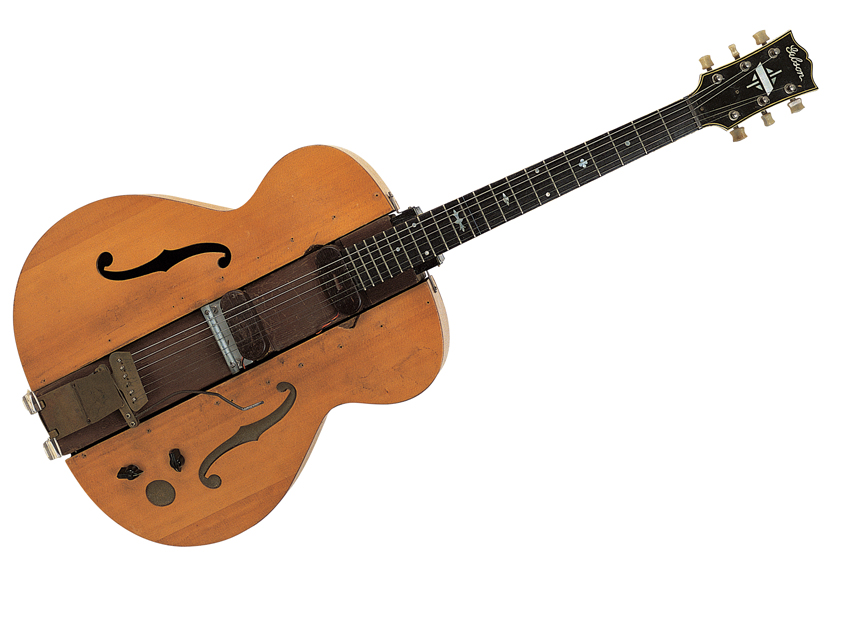
Les Paul "Log"
It was never released, but with a solid centre section and glued-on archtop wings, Les Paul’s early prototype not only set the solidbody electric guitar in motion, but also the ES-335- type thinline semi-acoustic.
Les knew that a solid guitar would sustain better than a hollow one, so the solution was obvious. Gibson disagreed, and it took them until 1952 to settle on a design that went on sale. That guitar – the Gibson Les Paul – didn’t do so badly, either.
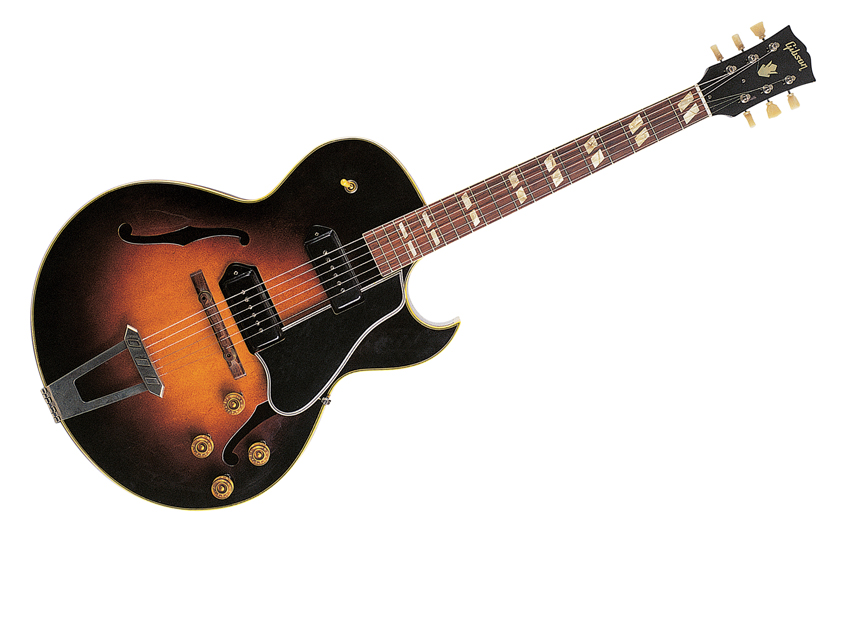
ES-175
Following the groundbreaking introduction of the three- pickup ES-5, the ES-175 set the blueprint for the pointed (Florentine) cutaway jazz guitar.
Initially, it debuted with a single P-90, was then upgraded to two, and by 1957 it had become the very first guitar to be fitted with Gibson’s new PAF humbuckers. The ES-175 also lies at the heart of the heart-stopping gold ES-295, which was famously played by Elvis guitarist Scotty Moore.
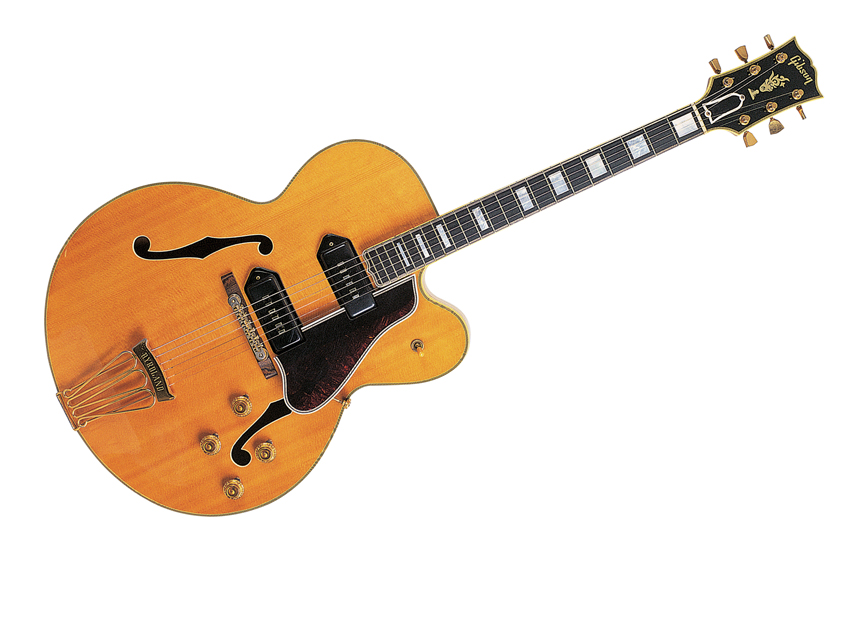
Gibson Byrdland
This was among Gibson’s first thinline semi-acoustic guitars in 1955.
It was a shorter-scale 23.5-inch L5-CES, with the body slimmed from 3 3/8 inches to a more manageable 2 1/4. Guitarists Billy Byrd and Hank Garland account for the model name.
This guitar also spawned the less expensive but also fully hollowbody thinline ES-350T model in the same year. It was immortalised by Chuck Berry, even though he’s now primarily associated with his red ES-355.
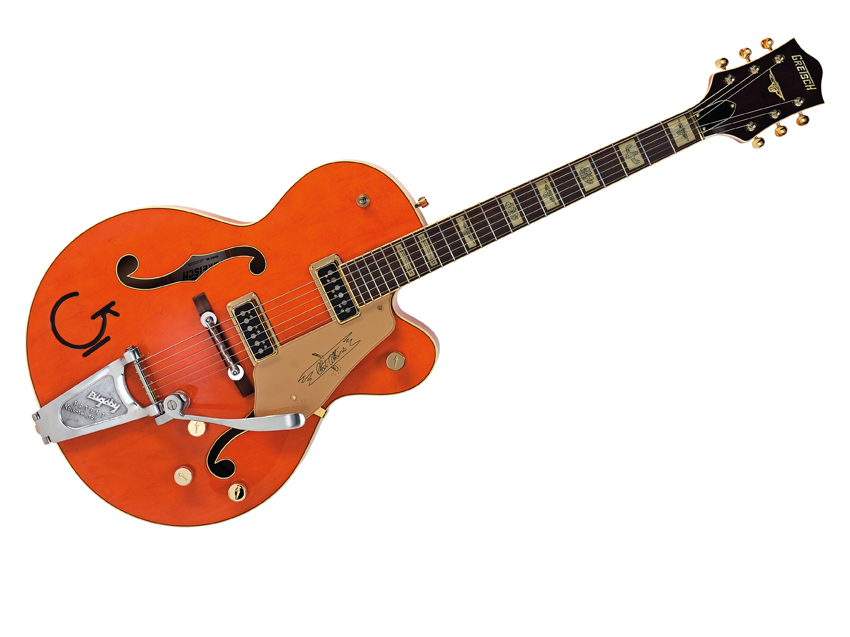
Gretsch 6120 Chet Atkins
Gretsch had been making cutaway semi-acoustic guitars since 1951, but it was with the endorsement of Chet Atkins (the deal was signed in 1954) and the ensuing signature Hollow Body 6120, complete with Bigsby vibrato, that things really took off.
The White Falcon, released in the same year, was a show-stopper, too. The Gretsch sound and look found its way into rockabilly, and has stayed there forever. Malcolm Young’s chambered 1963 Gretsch Jet Firebird has done much for rock guitar via AC/DC, too.
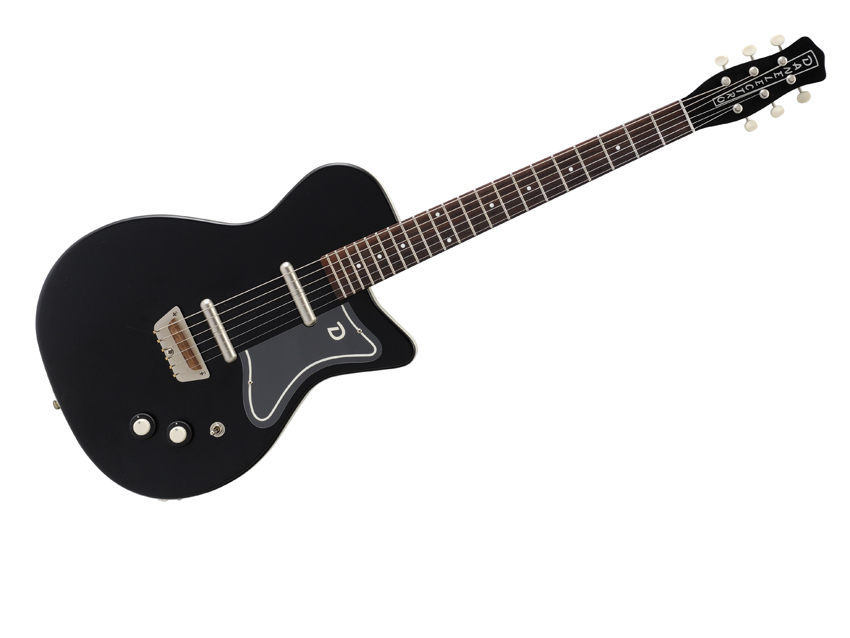
Danelectro U1
Nat Daniel started making solidbody guitars in 1954 for Sears.
By 1956, he’d developed the classic Dano construction of a largely hollow Masonite/ wooden frame body, but with no f-holes. The Gretsch Duo Jet (1953) also had a partially hollow, chambered body from launch.
Not only did it make the guitar more manageable in terms of weight, but it also contributed to its tone. Many guitars today use chambered construction in this way.
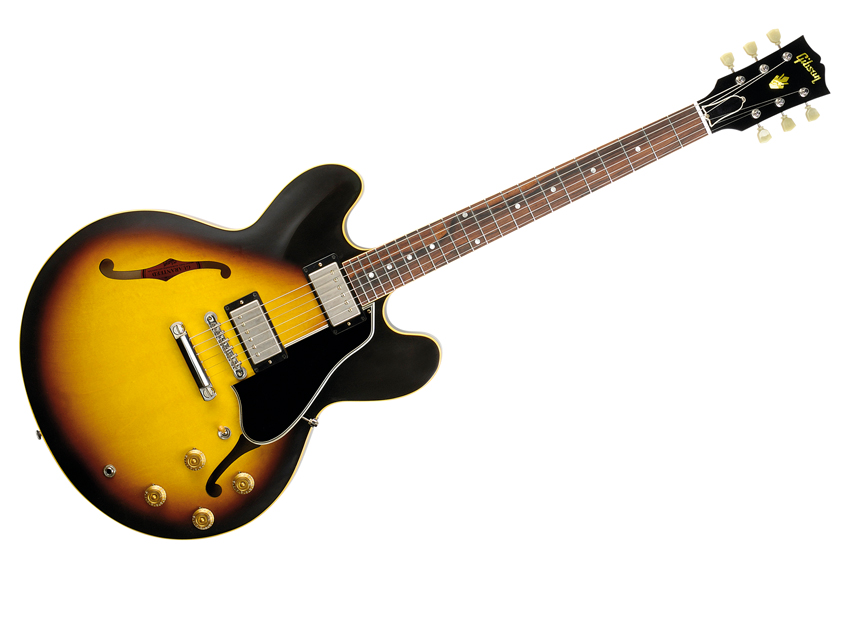
Gibson ES-335
Gibson had used a thinner body before the 335 but, crucially, this all-new double-cutaway design had a solid centre section (made up of a maple block, spruce kerfing and a mahogany end block) underneath its laminated maple top.
With the pickups and bridge mounted in solid wood, it behaved partly like a solidbody, partly like a hollowbody. It also spawned the ES-345 and 355. Guild’s 1960s Starfires were an enormously popular take on this format in the USA and, of course, Hofner’s guitars – semi-hollow and fully hollow – dominated Europe in the 1950s and 60s.
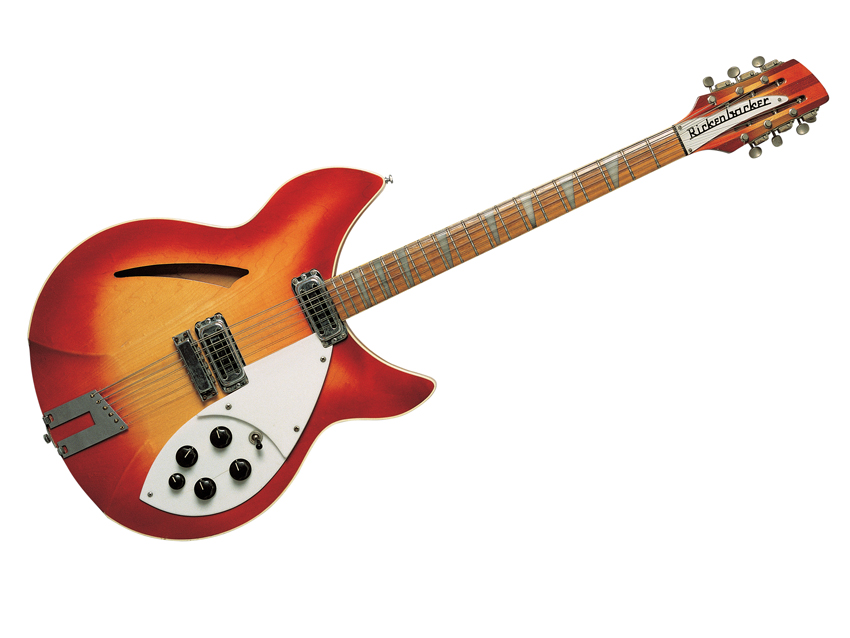
Rickenbacker 360/12
Roger Rossmeisl’s designs for Rickenbacker favoured a hollowed-out approach to the body, rather than distinct back, sides and top.
The Capri series debuted in 1958 (including the Lennon-esque 325), with the 12-string appearing in George Harrison’s hands by 1964, just months after it had been prototyped.
The hollowed-out approach is something used by many manufacturers these days (PRS, Collings, Taylor and more), though in true Rickenbacker style, we’re not aware of another company that essentially sticks the back on the carved-out top – most manufacturers stick the top on the carved-out back!
Guitarist is the longest established UK guitar magazine, offering gear reviews, artist interviews, techniques lessons and loads more, in print, on tablet and on smartphones
Digital: http://bit.ly/GuitaristiOS
If you love guitars, you'll love Guitarist. Find us in print, on Newsstand for iPad, iPhone and other digital readers


